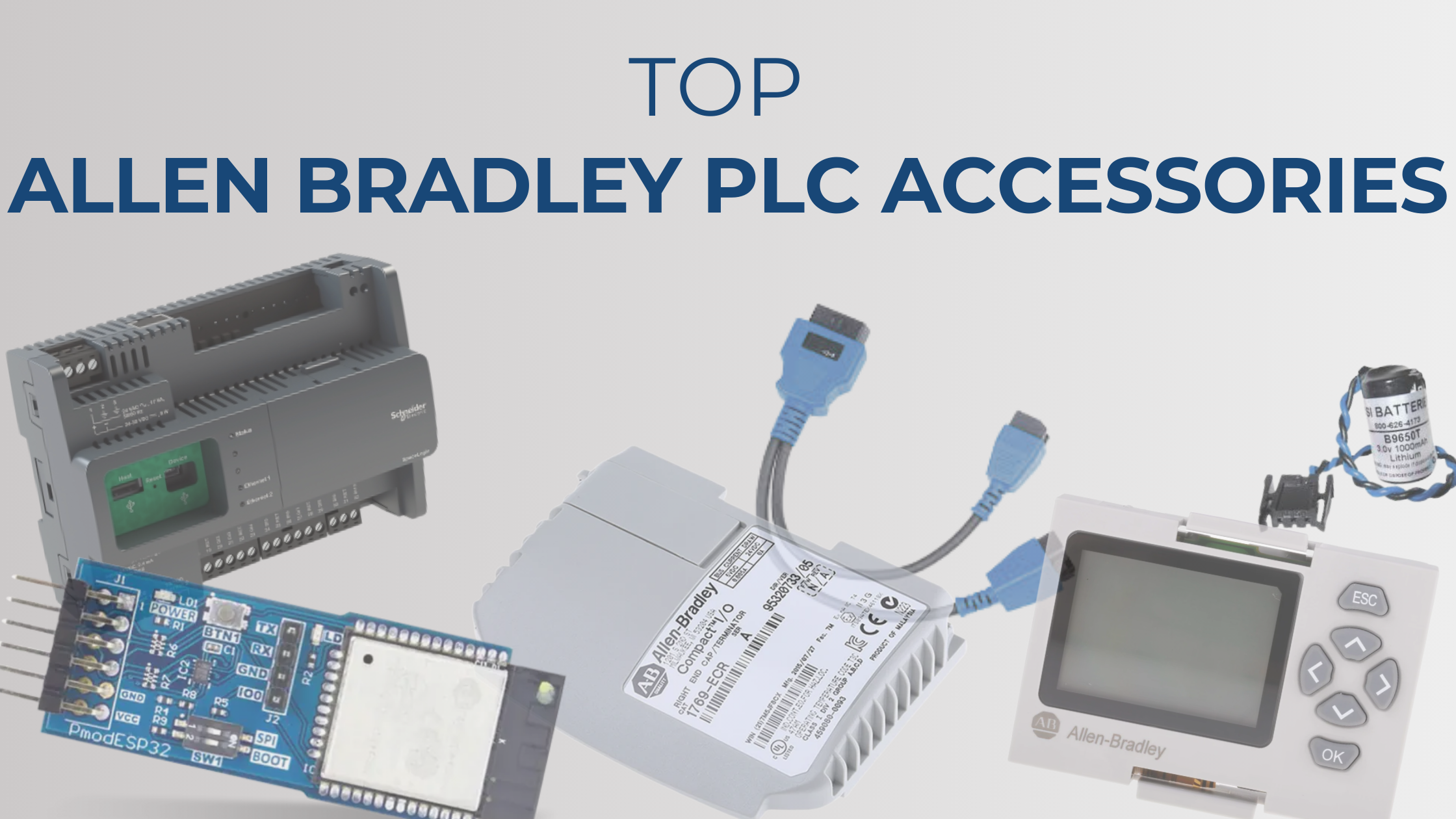No items

Yaskawa V1000 Manual Explained: A Practical Guide for Engineers and Technicians
The Yaskawa V1000 is one of the most commonly used compact AC drives in the world. It is known for

Ever wondered how water treatment plants keep their operations running 24/7? Or how one operator can monitor hundreds of pumps and valves at different locations? They rely on a system called SCADA. SCADA stands for Supervisory Control and Data Acquisition. It is a system of hardware and software that industrial organizations use to monitor, control, and improve processes, both locally and remotely. SCADA systems are crucial for improving efficiency, making better decisions, and reducing downtime across many industries, including manufacturing, oil, gas and utilities.
A SCADA system collects real-time data from factory-floor devices like pumps, valves, motors, and sensors. This data comes from Programmable Logic Controllers (PLCs) or Remote Terminal Units (RTUs), which are microprocessors that communicate with field devices. After gathering the data, it is sent to SCADA software, where operators process, view, and interact with it.
Operators can control processes directly through Human Machine Interfaces (HMIs), which display a graphical overview of operations. This lets staff:
In modern SCADA systems, this information can also be accessed remotely. This gives organizations real-time oversight from anywhere in the world.
Before SCADA, industrial processes were monitored using manual controls like push buttons, selector switches, and dials. Plants required staff on-site at all times to operate and oversee systems. As factories became larger and more remote, relays and timers began to automate some tasks. However, these solutions were bulky, hard to troubleshoot, and difficult to reconfigure.
The 1950s marked the rise of microprocessor-based control, with industries such as oil, gas, utilities, and manufacturing adopting early automation technology. By the 1960s, the term SCADA emerged to describe systems that combined PLCs and microprocessors for monitoring and controlling industrial processes on a larger scale.
Through the 1980s and 1990s, SCADA systems evolved with smaller computers, local area networks, and HMI software, which improved connectivity and operator interfaces. By the 2000s, open system architectures and standard communication protocols allowed SCADA systems to connect with devices from various vendors, leading to networked SCADA systems.
Today, modern SCADA systems use IT standards like SQL and web-based applications. This enables real-time data monitoring, remote access, and advanced analytics.
SCADA systems are crucial for industrial efficiency and safety. They enable organizations to:
By providing operators with centralized, real-time insight into operations, SCADA systems help organizations enhance performance, anticipate issues, and respond quickly to emergencies.
Implementing a SCADA system begins with defining what you want to monitor and understanding the data you already collect. From there, hardware like RTUs or PLCs is installed to gather sensor information. This data is routed to SCADA software or HMIs. Modern SCADA software also supports predictive maintenance, automated alerts, and control over hundreds or even thousands of devices.
SCADA is a powerful mix of hardware and software that helps industries supervise, control, and improve operations efficiently. Whether you are managing a small manufacturing plant or a city’s infrastructure, SCADA provides the tools to monitor processes, make informed decisions, and respond to issues in real time.
At Mizen, we create and set up SCADA solutions that provide our clients with real-time visibility and control over their operations. Whether you need to update old systems or incorporate new automation technologies, our team can help you develop a reliable, scalable system that meets your needs. Reach out to our team to learn how SCADA can change your operations.

The Yaskawa V1000 is one of the most commonly used compact AC drives in the world. It is known for

Allen-Bradley PLCs are essential for modern industrial automation. They control everything from production lines to complex process systems. While most

If you have any questions get in contact with us via our enquiry form or call us on +64 (0) 3 964 0692.
"*" indicates required fields